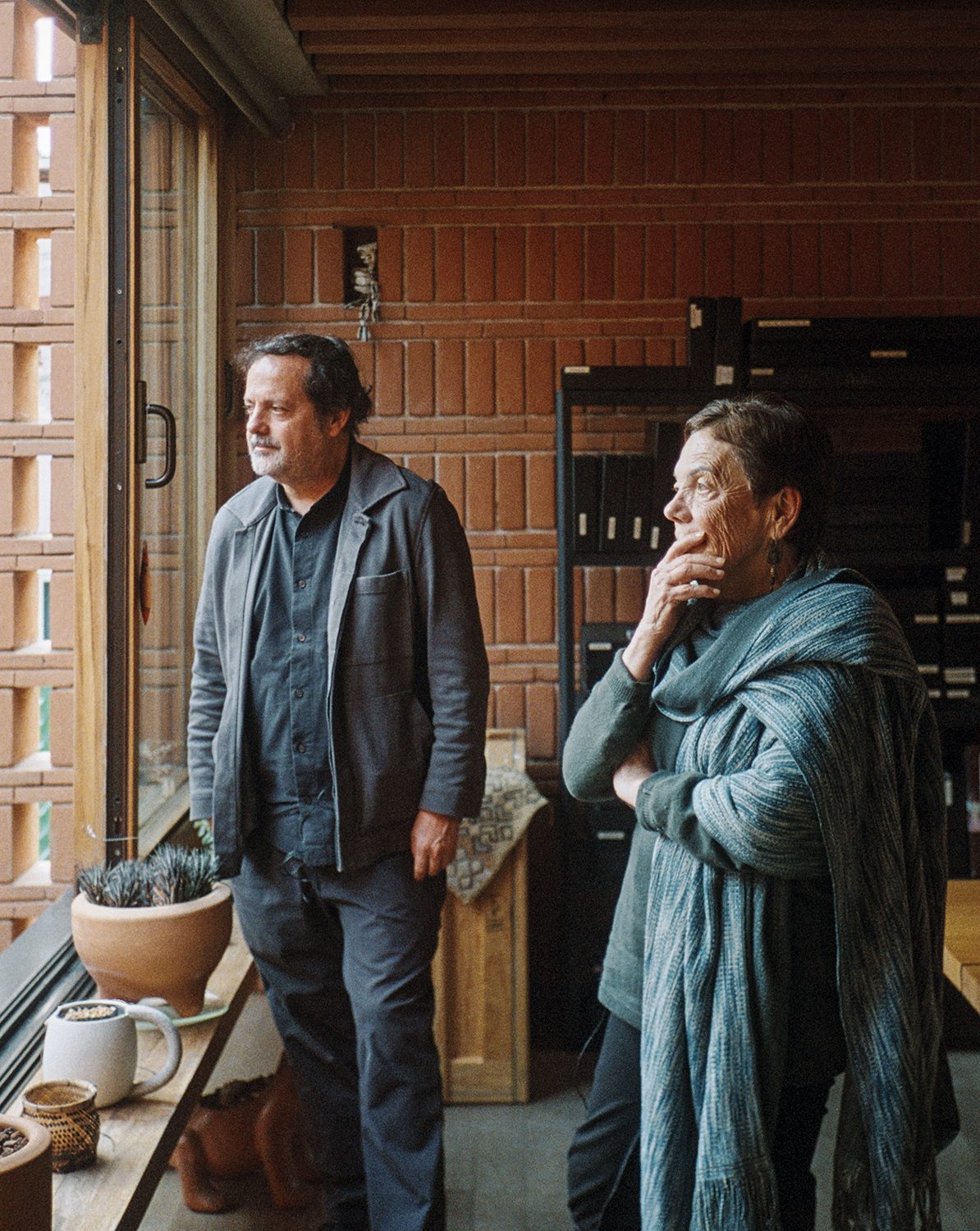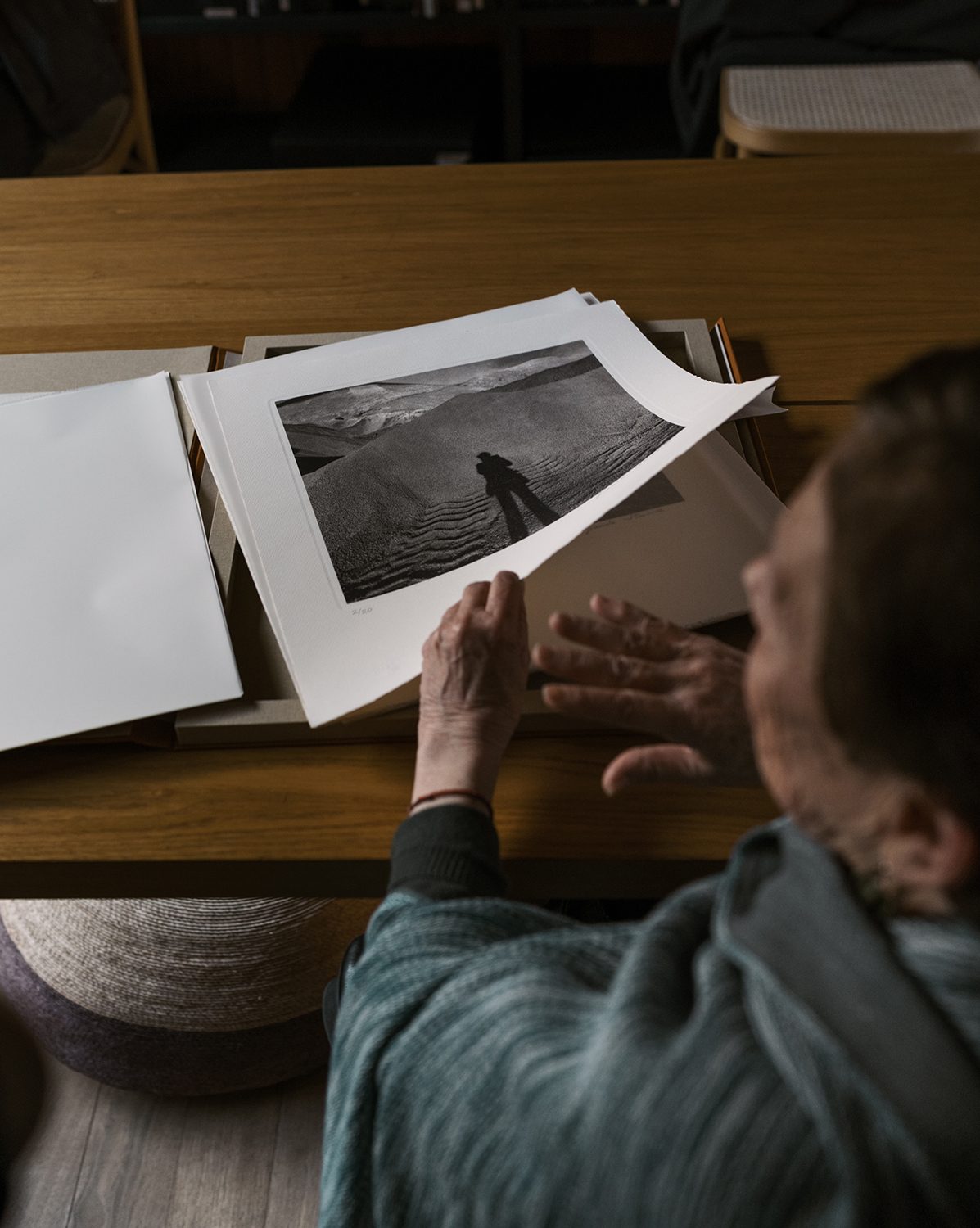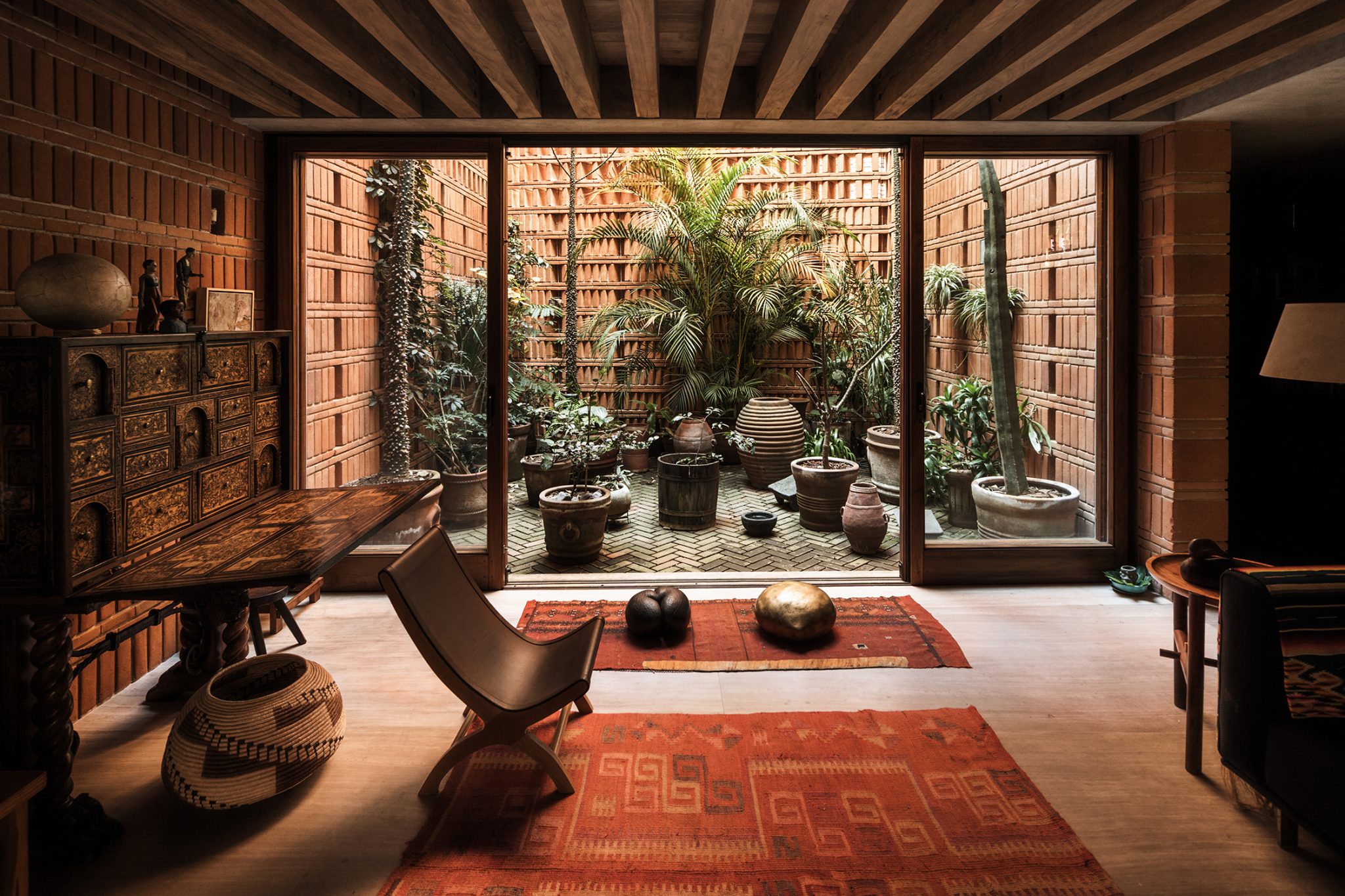In this intellectual and artistic sphere in Mexico City, I met the Rocha boys and then Graciela, their mother, a famous Mexican photographer who recently held an exhibition at the Cartier Foundation. Mauricio is an iconic Mexican architect, and Manuel is a well-known sound artist. That makes three very different artists from the same family.
More than being a famous and virtuosic photographer, for me, Graciela is a muse who is always on the move, an explorer of strong, vivid images that she pulls from any context upon which her eye happens to fall. She’s a special being who breaks free from the superficial cycle of news and hype, using her vision to traverse the intellectual landscape, capturing in an instant everything from the purest Mexico to the essence of any culture or any place. She has a very special sensibility, very much that of a true aristocrat and intellectual. Graciela herself is a leading light and an example when it comes to mentality.


This upbringing, with the influences of his parents, Graciela Iturbide and the architect Manuel Rocha Díaz, sparked the development of Mauricio’s artistic eye and new aesthetic sense. With his diverse offerings, he has put a twist on architecture in Mexico. Mauricio integrates architecture into its environment, into both the things that surround it on the earth’s surface, but also – and this is the greater challenge – into deeper layers, into what we do not see, but is still there. Mauricio’s architecture is sensitive and sensual. More than his own style, what Rocha has is a more plastic, sculptural conception of architecture.

Above all, his architecture is anthropological, which means it can’t go wrong: from the cultural to the aesthetic, from the modern to the original, it is always speaking to us of the earthbound, of life. First of all, his work proposes a conversation in the natural space where earth, stone, endemic and vernacular architecture, ancient customs and popular art are in dialogue with the contemporary and the practical. And it’s curious that Graciela works with these same elements from the feminine side: the earth, nature, ancestral cultures.



